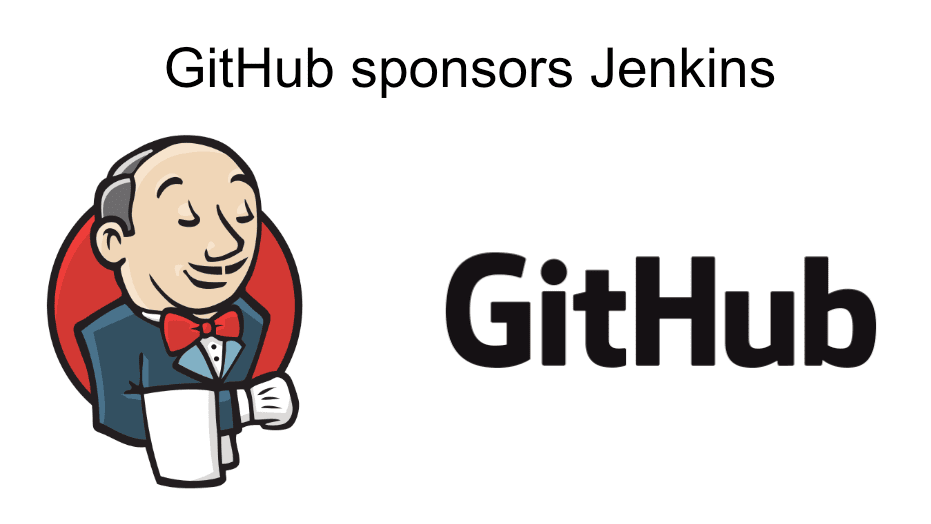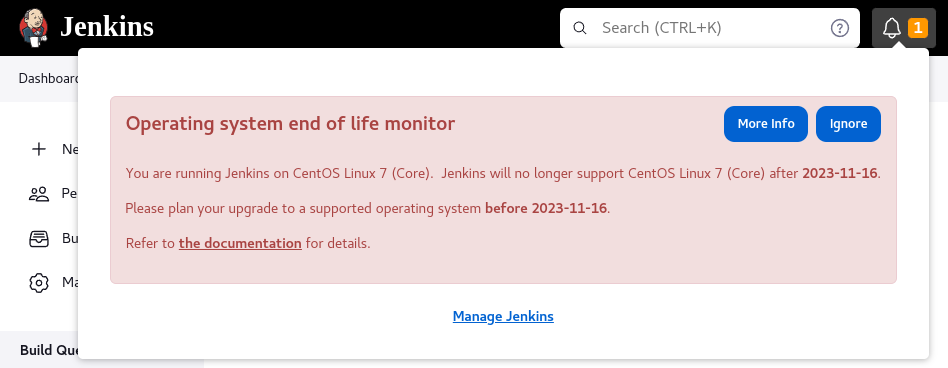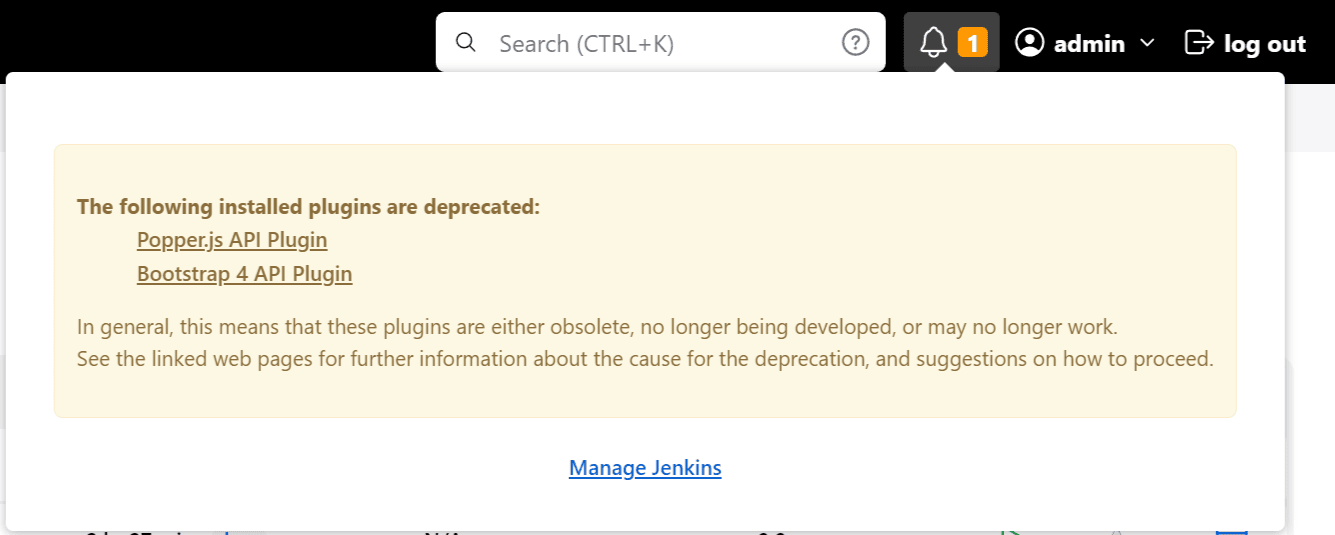The Jenkins project wants to acknowledge and share massive thanks to DigitalOcean for their continued sponsorship.
Between August 2022 and March 2023, Jenkins had been using roughly $1,300 credits a month. During March, we encountered a severe increase in our DigitalOcean workloads. This was a result of much heavier reliance on DigitalOcean, as we worked to resolve other infrastructure concerns. In addition to this reliance, there was increased activity on the Jenkins Bill Of Material repository. Unfortunately, the increased activity and reliance combined to push Jenkins over our normal budget.
However, DigitalOcean has provided the Jenkins project with an additional $8,400 credit for the next six months. This ensures that we are able to manage our resources and DigitalOcean workloads, without worry of interruption. Our deepest thanks go out to DigitalOcean, as they continue to show how supportive they are to both Jenkins and the Open Source community.

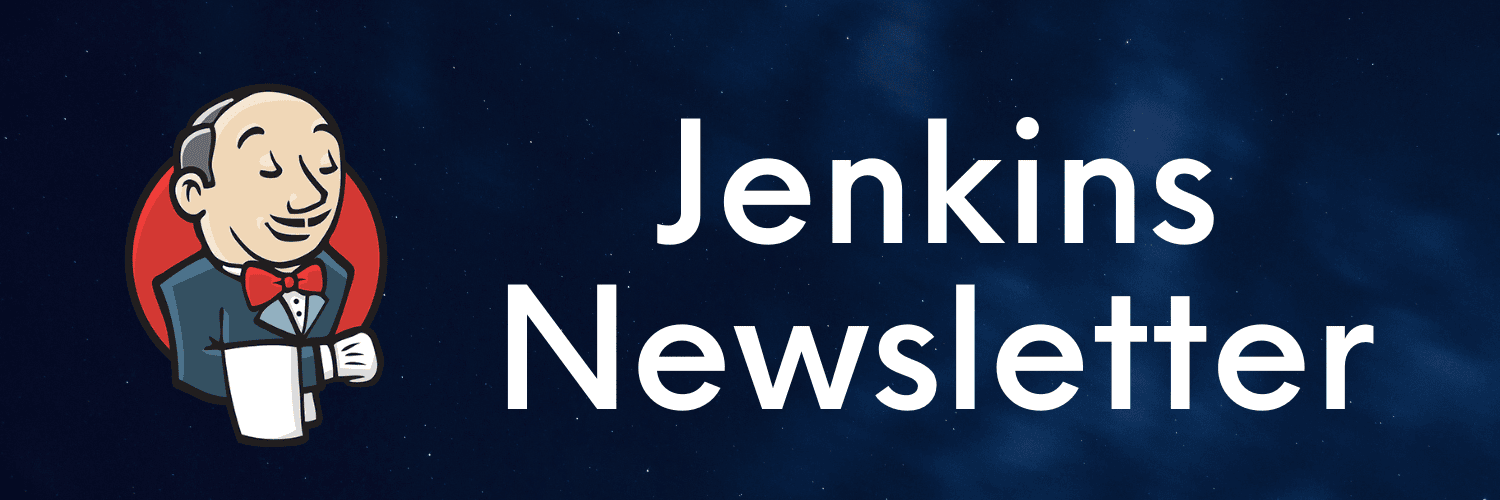


 Contributed by:
Contributed by: 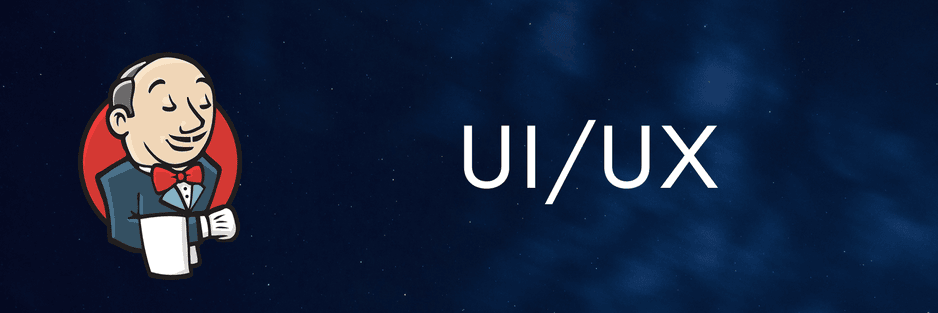
 Contributed by:
Contributed by: 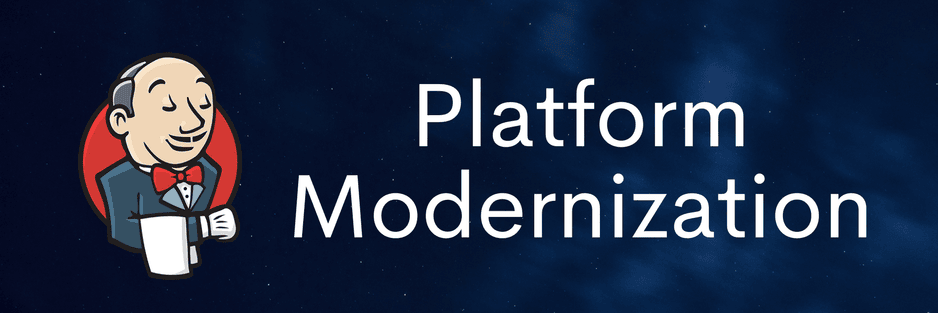
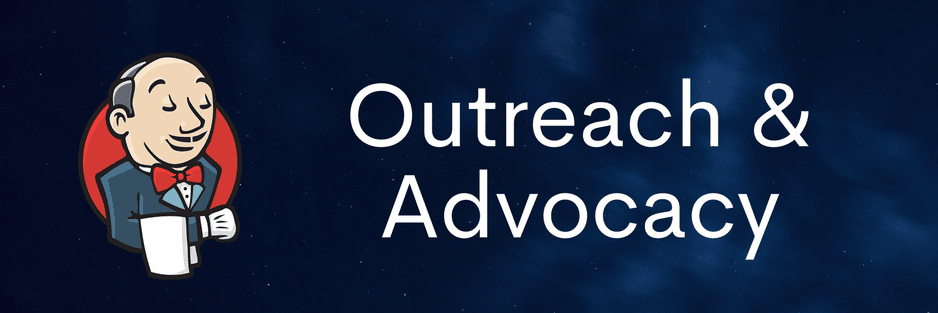





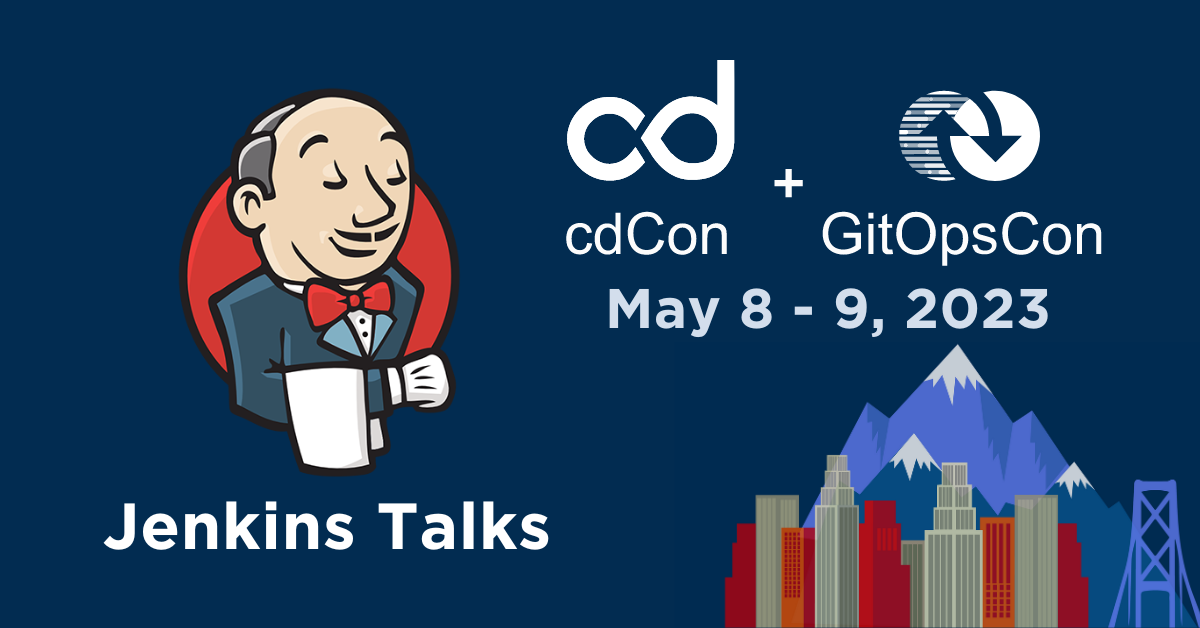
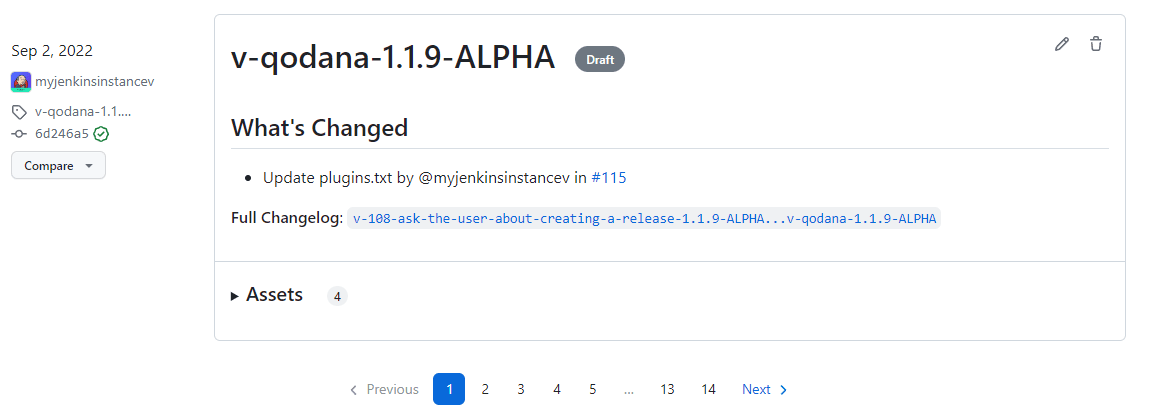
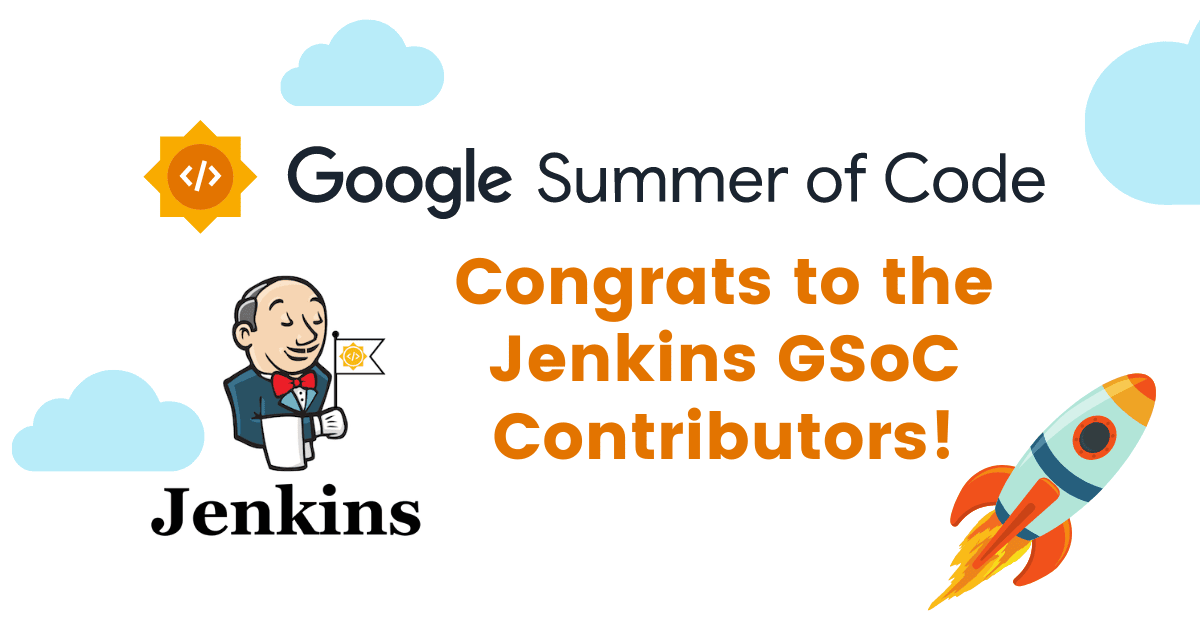

 Security MVP:
Security MVP: 
